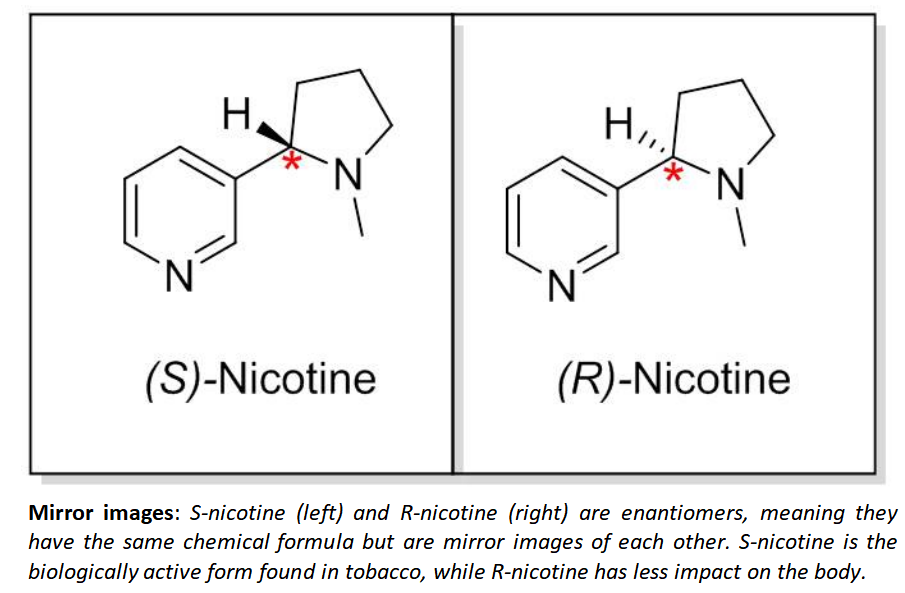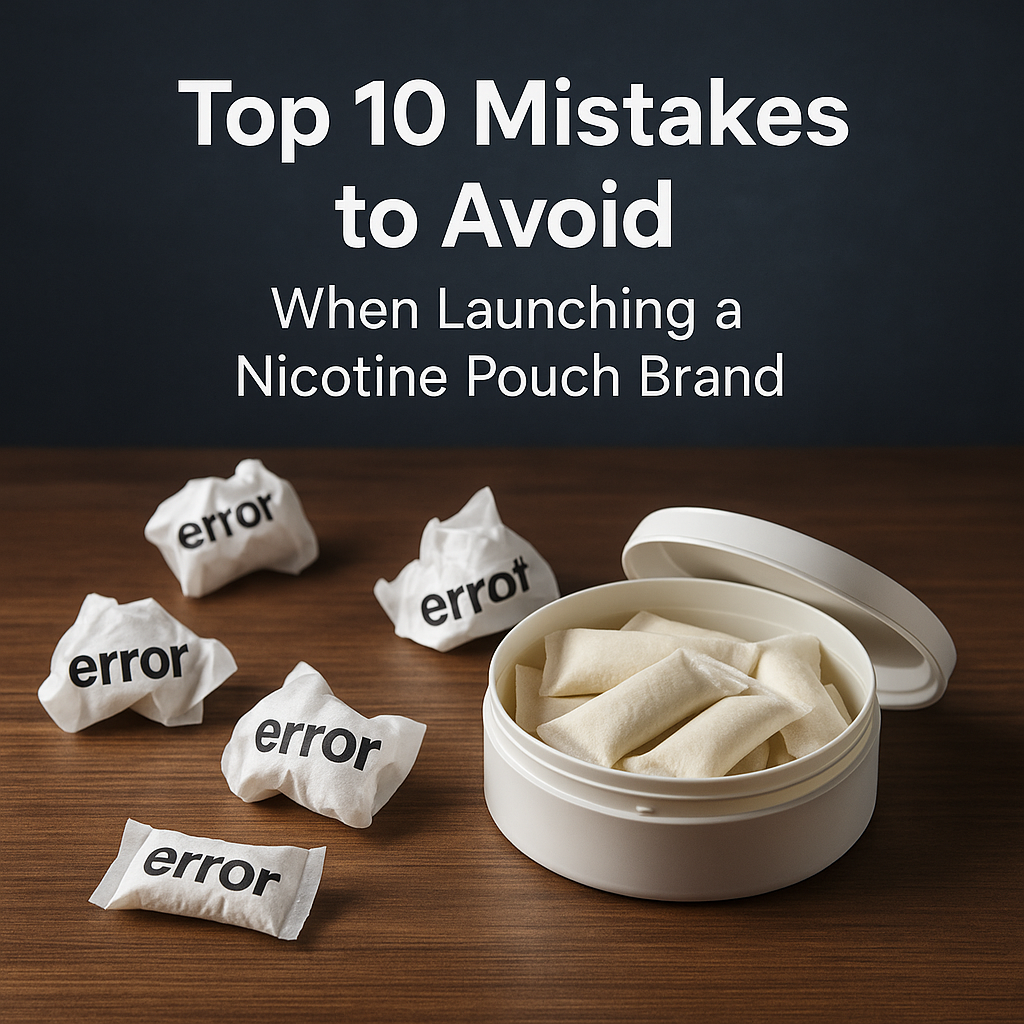
Synthetic nicotine – it’s a term that’s been causing quite a stir lately. But how much do you really know about it? If you’re like most people, you’ve probably heard some rumors, maybe even some scary stories. It’s understandable to be cautious about something new, especially when it comes to your health. Think of it like this: synthetic nicotine is to natural nicotine what lab-grown diamonds are to mined ones – same stuff, different origin story.
Well, it’s time to set the record straight. In this blog post, we’re debunking the myths surrounding synthetic nicotine, giving you the facts you need to make informed choices. We’ll explore the science, the benefits, and the potential challenges, so you can demystify this emerging technology. By the end, you’ll understand that synthetic nicotine isn’t some Frankenstein’s monster of the nicotine world. It’s simply a different path to the same destination.
Understanding Nicotine: Natural vs. Synthetic – It’s All About the Chemistry

Let’s get down to the nitty-gritty: what is nicotine, anyway? Whether it’s natural or synthetic, we’re talking about the same molecule. It’s an alkaloid – sounds fancy, right? – that’s naturally found in tobacco plants. It’s what makes tobacco products so addictive. When you consume nicotine, it rushes into your bloodstream and interacts with your brain, giving you that initial buzz followed by a sense of calm.
Where does synthetic nicotine come into play? Instead of extracting it from tobacco leaves, scientists have figured out how to create it in a lab. It’s like baking a cake from scratch versus using a boxed mix – the end result is the same delicious cake, but the process is different. Chemically speaking, synthetic nicotine is identical to its natural counterpart. It interacts with your body in the exact same way.
Here’s where things get interesting. Natural nicotine is mostly made up of something called the S-nicotine isomer. That’s the active ingredient, the one that actually does stuff in your body. Older methods of making synthetic nicotine sometimes resulted in a mix of S-nicotine and its mirror image, R-nicotine. But fear not! Modern science has cracked the code, and we can now produce synthetic nicotine that’s almost entirely S-nicotine, making it practically indistinguishable from the natural stuff in terms of how it works.
Chemical Composition and Safety – Separating the Good from the Bad
One of the biggest misconceptions about synthetic nicotine is that it’s somehow more harmful than natural nicotine. Let’s clear that up right away: chemically, they’re twins. They interact with your body in the same way, producing the same effects.
However, there’s a crucial difference when it comes to purity. Natural nicotine, extracted from tobacco leaves, can be a bit of a mixed bag. It often contains impurities like tobacco-specific nitrosamines (TSNAs), which are known carcinogens – not exactly something you want hanging around.
Synthetic nicotine, on the other hand, is produced in a controlled lab environment. This allows for a much higher level of purity, free from those unwanted contaminants. It’s like choosing between a home-cooked meal made with fresh ingredients versus one made with questionable leftovers – you know which one you’d prefer!
Now, let’s not get carried away. Both natural and synthetic nicotine come with the same primary concerns: they’re addictive and can raise your heart rate and blood pressure. But when it comes to long-term health risks, synthetic nicotine’s purity gives it a definite edge.
Why Companies Are Switching to Synthetic Nicotine – The Shift Towards a Cleaner Choice
So, we’ve talked about the science, the safety, and the environmental impact. But why are companies actually making the switch to synthetic nicotine? It’s not just about following trends – it’s about meeting the demands of a changing market and a more informed consumer base.
Take NIIN, for example. They’ve made a name for themselves with their nicotine pouches, proudly proclaiming their use of synthetic nicotine. Their marketing focuses on offering a “cleaner” experience, free from the tobacco and its associated baggage. It’s a message that resonates with health-conscious consumers who want to enjoy nicotine without the risks of traditional tobacco products.
Then there’s Njoy, a major player in the e-cigarette market. They too have embraced synthetic nicotine, driven in part by regulatory changes and consumer demand for purer products. It’s a smart move, showing that they’re listening to their customers and adapting to a shifting landscape.
These companies are just the tip of the iceberg. More and more brands are recognizing the advantages of synthetic nicotine – its consistency, purity, and reduced environmental impact. It’s a trend that’s likely to continue as consumers become increasingly aware of what they’re putting into their bodies and the impact their choices have on the planet.
Section Title: Potential Challenges – Addressing Concerns and Criticisms
While synthetic nicotine offers a promising alternative to traditional tobacco-derived nicotine, it’s important to acknowledge that it’s not all smooth sailing. Let’s take a look at some of the hurdles that synthetic nicotine faces on its path to wider acceptance:
Public Perception: The “Synthetic” Stigma
One of the biggest challenges is shaking off the negative connotations associated with the word “synthetic.” Many people still equate “synthetic” with something artificial or potentially harmful, even when it comes to something as simple as lab-grown diamonds. It’s crucial to educate consumers that synthetic nicotine is chemically identical to natural nicotine, meaning it interacts with your body in the exact same way. It’s not about creating a new substance, but rather a cleaner and more controlled way of producing an existing one.
Regulatory Landscape: A Shifting Terrain
Initially, synthetic nicotine offered manufacturers a way to navigate around some of the strict regulations surrounding tobacco-derived products. However, the regulatory landscape is constantly evolving. The FDA, for instance, has recently extended its authority to cover synthetic nicotine, meaning these products now face the same scrutiny as their tobacco-based counterparts. This shift could impact the availability and variety of synthetic nicotine products on the market, and it adds another layer of challengers for manufacturers and consumers alike.
Long-Term Effects: The Need for Ongoing Research
While current research suggests that synthetic nicotine is as safe as natural nicotine, it’s important to acknowledge that long-term studies are still limited. Synthetic nicotine is a relatively new player in the game, and we need more time and data to fully understand its potential health implications with prolonged use. Transparency is key here. Continued research and monitoring of the effects of synthetic nicotine are essential to ensure its safety and efficacy in the long run.
Debunking the Myth – Synthetic Nicotine’s Place in the Future
Throughout this exploration of synthetic nicotine, we’ve shattered the myth that it’s inherently inferior to its natural counterpart. The science is clear: they are chemically identical, offering the same effects on the body. The true distinction lies in the production process, where synthetic nicotine shines with its purity, consistency, and reduced environmental impact.
Synthetic nicotine represents a conscious choice for a cleaner, more sustainable nicotine experience. While challenges remain, its potential for innovation and a broader range of products is undeniable. The future of nicotine is evolving, and synthetic nicotine is poised to play a significant role in shaping a landscape where choice and informed decision-making prevail.
Sources: Tobacco Reporter, Regulation of Synthetic Nicotine, Nicotine Safety, Public Health Law Center, Nicotine Regulation and Public Perception











